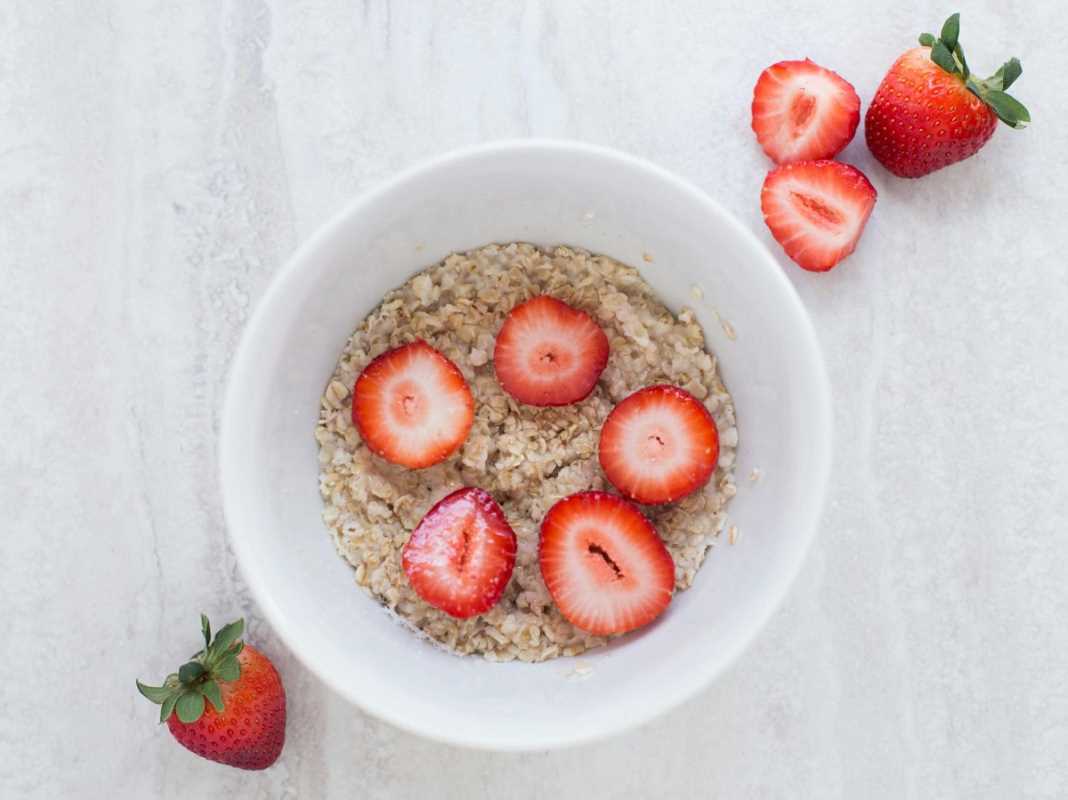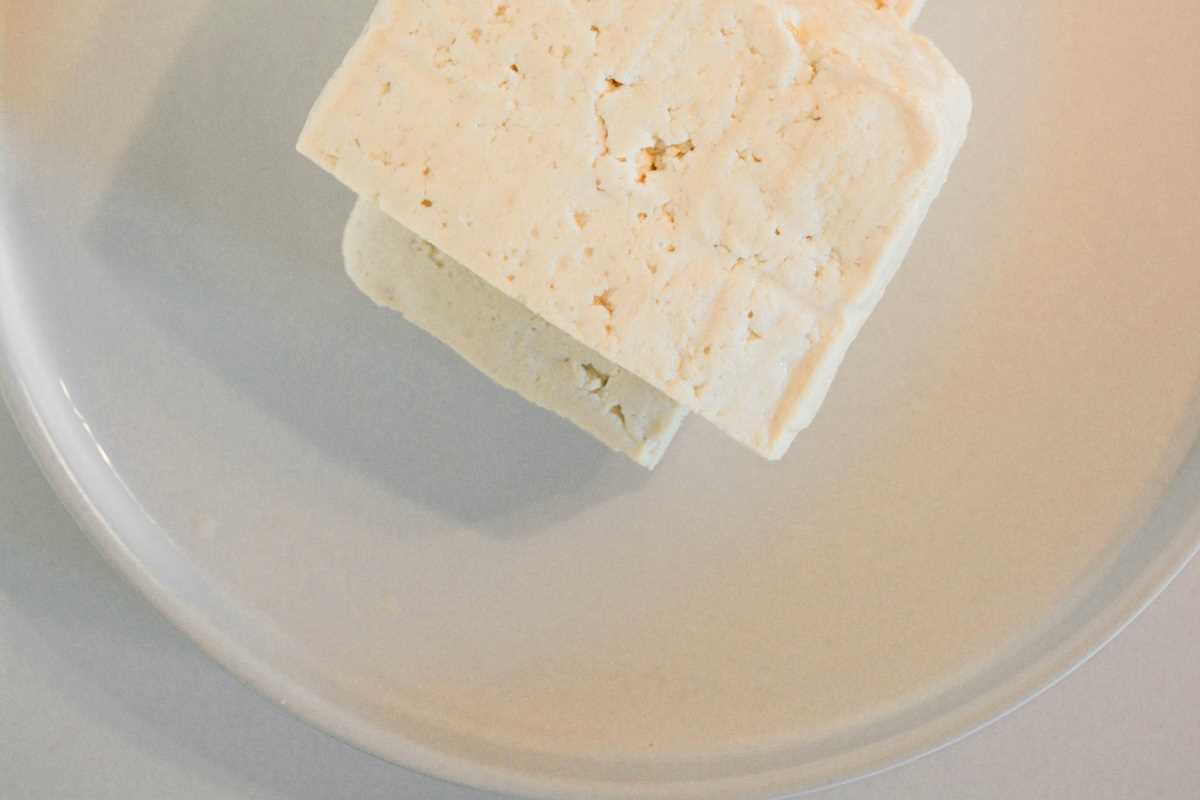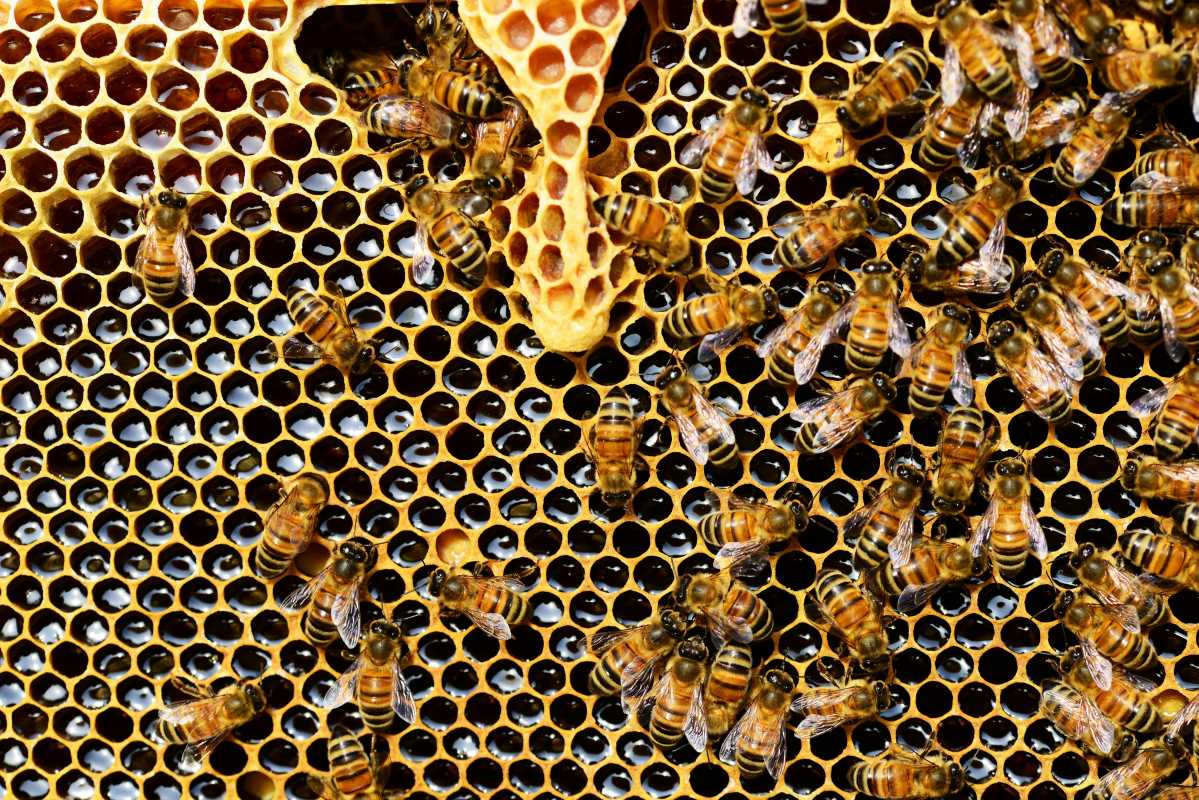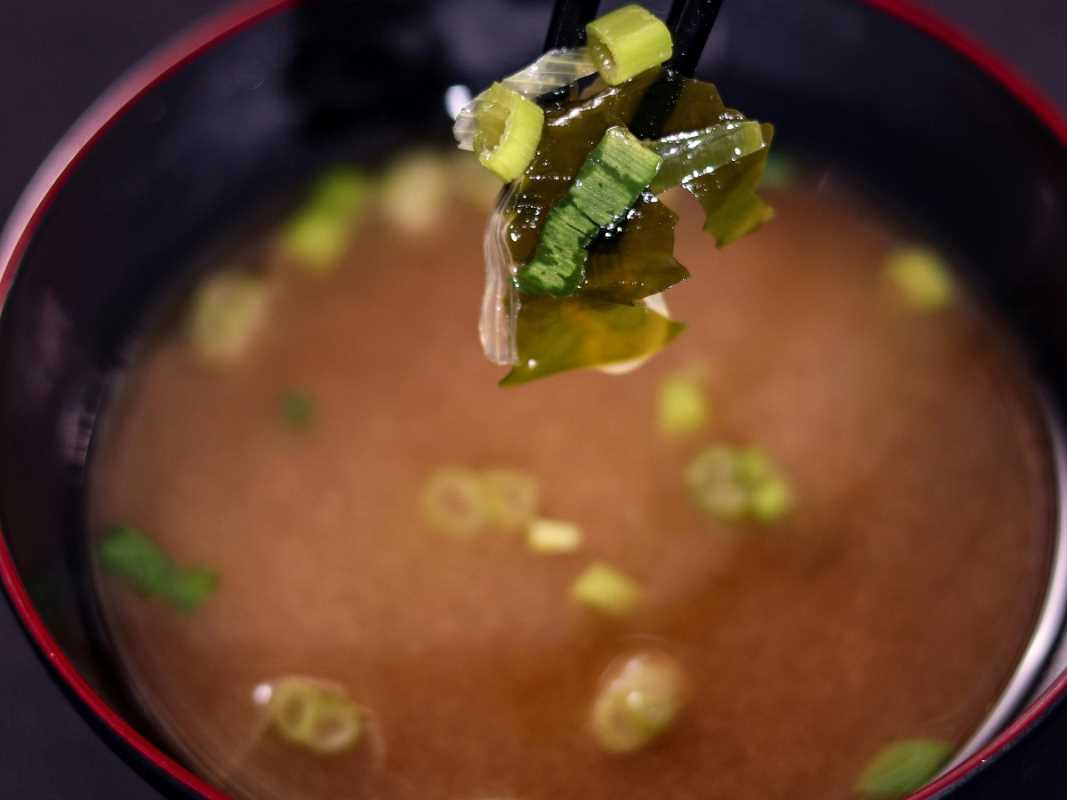Imagine creating light, airy meringues, creamy dressings, and fluffy baked goods, all without using eggs. Enter aquafaba, the liquid gold of plant-based cooking. This humble ingredient might not look extraordinary at first glance, but it has become a game-changer in vegan kitchens around the world. Whether you’re whipping it into desserts or emulsifying it into sauces, aquafaba proves there’s nothing plants can’t do.
This guide will introduce you to the magic of aquafaba, explain how it works, and show how to use it with tips and recipes you’ll love.
What Is Aquafaba?
Aquafaba (Latin for "bean water") is the viscous liquid found in canned chickpeas or the water left behind after cooking chickpeas from scratch. Although it may look like a byproduct you typically discard, its unique properties make it a powerful plant-based substitute for egg whites.
Aquafaba contains proteins, carbohydrates, and saponins which give it its incredible foaming and binding properties. When whipped, its texture mimics egg whites, making it a versatile ingredient in vegan cooking. What’s more, aquafaba is allergen-friendly, low in calories, and budget-friendly!
Why Aquafaba Is a Game-Changer
Aquafaba’s unique properties make it a revolutionary ingredient for plant-based recipes, especially where eggs play a crucial role.
1. Egg Replacement
Aquafaba is often used as a direct substitute for eggs or egg whites in recipes. Here’s how it translates:
- 1 egg white = 2 tablespoons aquafaba
- 1 whole egg = 3 tablespoons aquafaba
2. Vegan Desserts at Their Best
Whipping aquafaba creates stiff peaks similar to egg whites, which means you can enjoy favorites like meringues, macarons, and marshmallows without eggs.
3. Creamy and Light Sauces
Its emulsifying properties help transform simple ingredients into creamy mayonnaise or rich dressings.
4. Binder for Baked Goods
Aquafaba works like eggs to bind ingredients in baked goods, keeping cookies, cakes, and muffins moist and well-structured.
5. Eco-Friendly and Accessible
Reusing aquafaba from canned chickpeas reduces food waste and eliminates the need for specialized egg-replacement products.
Recipe Ideas That Highlight Aquafaba
Now that we know what aquafaba can do, it’s time to put it into action! Here are a handful of recipes that show how versatile this magical ingredient truly is.
1. Vegan Meringues
Light and crisp, these plant-based meringues are a treat for everyone.
Ingredients
- 1/2 cup aquafaba (from one 15-oz can of chickpeas)
- 3/4 cup sugar (regular or superfine)
- 1/4 tsp cream of tartar
- 1 tsp vanilla extract
Instructions
- Preheat your oven to 250°F and line a baking sheet with parchment paper.
- Using a stand or hand mixer, whip aquafaba and cream of tartar until soft peaks form (about 5–7 minutes).
- Gradually add sugar, one spoonful at a time, while continuing to whip until glossy stiff peaks form.
- Mix in the vanilla extract.
- Pipe or spoon the mixture onto the lined baking sheet.
- Bake for 1.5–2 hours or until the meringues are crunchy and easily lift off the parchment paper.
Why It Works
The proteins and starch in aquafaba bring the perfect structure to these cloud-like meringues.
2. Vegan Mayonnaise
Creamy, tangy, and utterly delicious, this aquafaba mayo is a must-have staple.
Ingredients
- 1/4 cup aquafaba
- 1 tsp Dijon mustard
- 1 tsp apple cider vinegar or lemon juice
- 1/2 tsp salt
- 3/4 cup neutral oil (e.g., sunflower, grapeseed)
Instructions
- Add aquafaba, Dijon mustard, vinegar or lemon juice, and salt to a blender or food processor. Blend for 10 seconds.
- Slowly drizzle in the oil while blending on low speed until the mixture thickens and emulsifies into mayonnaise.
- Adjust seasoning to taste and store in an airtight container in the fridge for up to a week.
Why It Works
Aquafaba’s emulsifying properties combine perfectly with oil to create the creamy texture typical of traditional mayo.
3. Aquafaba Brownies
These fudgy, rich vegan brownies will disappear in no time.
Ingredients
- 1/2 cup aquafaba (whipped)
- 1/2 cup coconut oil, melted
- 1/2 cup dark chocolate chips
- 3/4 cup sugar
- 1 tsp vanilla extract
- 3/4 cup all-purpose flour
- 1/4 cup cocoa powder
- 1/2 tsp baking powder
- 1/4 tsp salt
Instructions
- Preheat the oven to 350°F and grease an 8x8-inch baking pan.
- Melt the coconut oil and chocolate chips together in a microwave or over low heat. Set aside to cool slightly.
- Whip the aquafaba until it’s frothy and slightly thickened.
- Mix the melted chocolate, sugar, and vanilla into the whipped aquafaba.
- Fold in the flour, cocoa powder, baking powder, and salt until well combined.
- Bake for 20–25 minutes or until a toothpick test shows a few moist crumbs.
Why It Works
Whipping aquafaba traps air, adding lightness to these indulgent and fudgy brownies.
4. Chocolate Aquafaba Mousse
Velvety smooth and decadent, this mousse will impress vegans and non-vegans alike.
Ingredients
- 1/2 cup aquafaba
- 1/4 tsp cream of tartar
- 3 oz dark chocolate, melted
- 1–2 tbsp powdered sugar (optional)
- 1/2 tsp vanilla extract
Instructions
- Whip the aquafaba and cream of tartar until stiff peaks form, just as you would for meringues.
- Gently fold in the cooled, melted dark chocolate. Mix carefully to retain the fluffiness.
- Add powdered sugar and vanilla extract for extra sweetness, if desired.
- Spoon the mousse into serving dishes and chill for at least 30 minutes before serving.
Why It Works
The stiff peaks from aquafaba mimic those of whipped cream, creating a light and airy consistency.
Tips for Using Aquafaba
- Use Fresh Aquafaba: Opt for canned chickpea liquid without added spices or seasoning for the best results.
- Room Temperature: Bring aquafaba to room temperature before whipping to achieve maximum volume.
- Cream of Tartar: This acidic stabilizer helps hold stiff peaks during whipping.
- Storage: Refrigerate unused aquafaba for up to a week, or freeze it in ice cube trays for future use.
Variations
- Try aquafaba from other legumes, such as white beans or black beans, though chickpea water is most reliable.
- Adjust sugar and flavorings based on the recipe and your personal taste.
While aquafaba is not overly rich in nutrients, it serves as a low-calorie, protein-packed alternative to eggs. For those following a plant-based or low-allergen diet, aquafaba provides a cholesterol-free option that supports heart health. Its versatility and sustainability make it a smart choice for reducing waste and maximizing the potential of everyday pantry items.
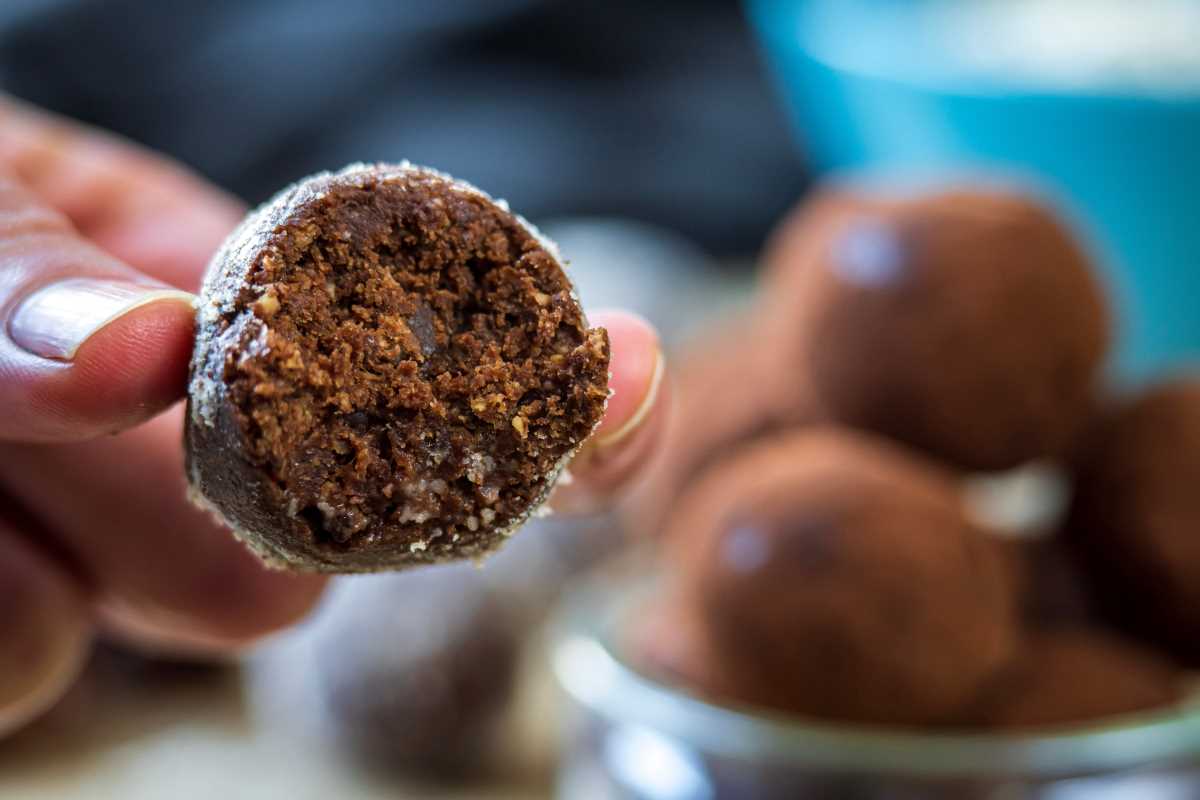 (Image via
(Image via
